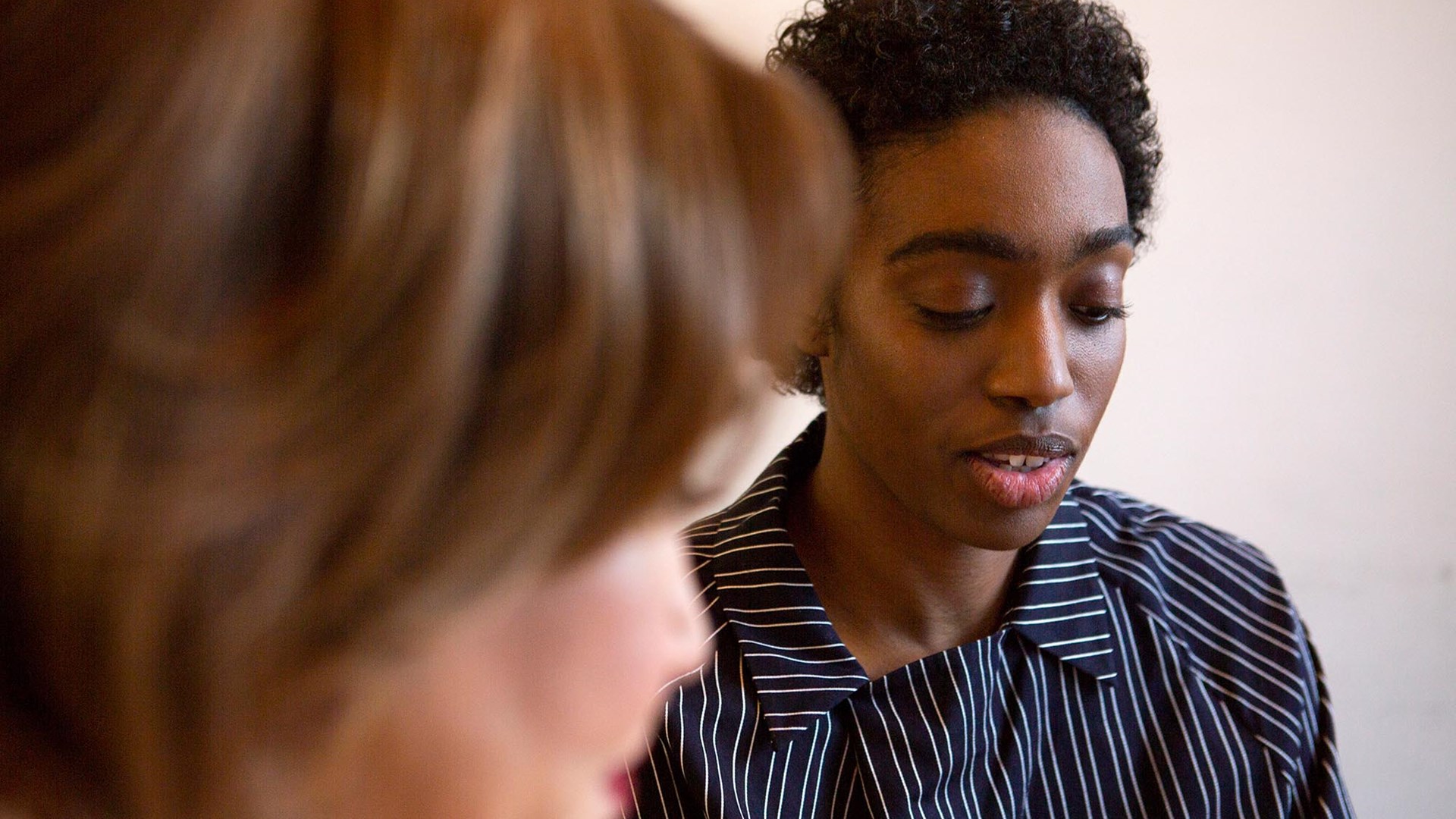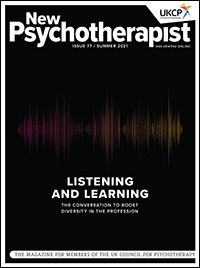
Diversity in the supervisory relationship
 The summer issue of the New Psychotherapist looks at diversity and how a more diverse profession will help to increase access to psychotherapy for minority communities. We received a tremendous response to our call for members to give a snapshot of their practice and discuss what inclusion means to them and not all could be included in the magazine.
The summer issue of the New Psychotherapist looks at diversity and how a more diverse profession will help to increase access to psychotherapy for minority communities. We received a tremendous response to our call for members to give a snapshot of their practice and discuss what inclusion means to them and not all could be included in the magazine.
Here, integrative arts therapist Roshmi Lovatt reflects on her experience as a supervisor to outline the need for diversity in the supervisory relationship.
Working with a social justice model of psychotherapy, my clients, and the clients of my supervisees, benefit from being seen in an authentic way with all their diversities. Being equipped to work with the politics and dynamics of racialised process means that clients do not have to ‘adapt to fit’ – as marginalised groups and individuals so often do – into an ethnocentric and white therapy space. Each of us is therefore empowered to be more authentically ourselves.
I believe that a key feature of belonging in this profession is to encounter people and institutions which are actively working to change systemic conscious and unconscious biases – whether that’s in the academic models, the experiential process groups, the supervision arrangements, autobiographical performances/narratives or the skills practice.
In my practice I encounter black, white and brown supervisees. The issues presented by all supervisees around race and colour bring uncomfortable challenges which many supervisees are ill equipped to deal with because their trainings have not given them a sufficient racial robustness or stamina. For example, a supervisee, black of mixed heritage, arrives in a school where she is to deliver counselling to children who are predominantly white. The staff, barring two, are all white. The supervisee encounters a black member of staff observing her suspiciously. She reports to me in our supervision ‘it was like she was checking me out to see if I would blow her cover’. I understood immediately that she was talking about an internalised racism where this person’s acculturation strategy to blend would be given away by another black person in her midst. Would she have been able to report this to a white supervisor?
If inclusivity is a goal within the profession, how do our psychotherapy trainings invite students of colour, and what do they offer that is inter-racially proactive? How do we make a paradigm shift in our trainings rather than just simply adapt our teaching? Some of the answers are clearly not just in the material or models we teach but in the interactions – the intersubjective space between brown, black and white bodies in the learning environment. We need to each take responsibility for our racialised transference and countertransference dynamics and, if we have the courage to do so, we can begin the painful journey of offering a profession which includes professionals and clients of colour in an authentic way.
The therapeutic encounter is a microcosm of society. When the impacts of racism, and other oppressions are not addressed in the therapy room, the client and the therapist are both restricted. Working actively to address this in therapy is a first step in modelling something for society.
Case example published with permission.
Share
Like most websites, we use cookies. If this is okay with you, please close this message or read more about your options.


